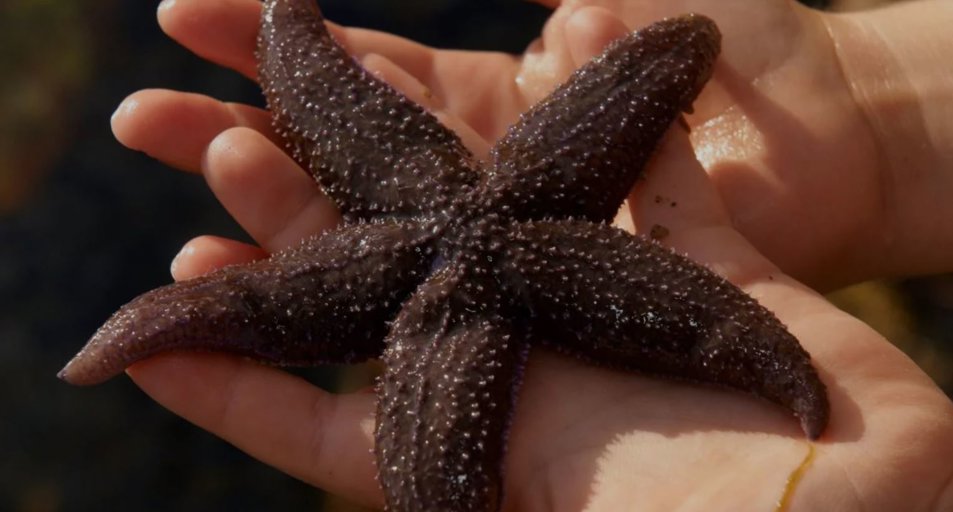
Since the end of the 1990s up until 2017, Sweden has supported more than 30 wastewater projects in the Baltic Sea region with both competence and investments in technical equipment.
One project is for example the Russian city of Kaliningrad with close to 500,000 inhabitants, who until 2017 did not have any modern sewage treatment. The Kaliningrad project began early 2000 and has thus been extremely long running. Now the new treatment plant has been inaugurated - resulting in improved water quality in the southeastern Baltic Sea. Another example is St. Petersburg where hundreds of direct discharges from both industries and residential areas - wastewater that previously flowed straight into the Neva river and further into the Gulf of Finland - have been addressed. Sweden is also involved in financing many treatment plants in Belarus. Belarus is not located on the Baltic Sea itself, but many cities are in the Baltic basin. In total, thirteen projects are being implemented in Belarus, and they were expected to be ready by 2019. In addition to this, SIDA (The Swedish International Development Corporation Agency) also supports a network of local organizations working on water issues in Belarus.

“According to SIDA, there is by now clear improvement in the quality of water, e.g. in the Gulf of Finland.”
According to SIDA, there is by now clear improvement in the quality of water, e.g. in the Gulf of Finland. However, all emission problems in the Baltic Sea will not be solved through these initiatives. Threats also stem from agriculture and animal farms in Poland and Russia, which yield more diffuse emissions that cannot be solved with larger treatment plants, but where more stringent requirements are needed. In addition, there is a large Swedish emission source left to remedy - industrial emissions from Dalälven.
SIDA in close cooperation with many other financiers, both countries and international banks and institutions. In many cases, Swedish water companies have been involved as partners and have passed on knowledge and experience from Sweden.
In total, Sweden has contributed about SEK 1 billion. Sweden has, among others, collaborated with financiers such as the European Development Bank EBRD, the Nordic Investment Bank NIB and the Nordic financial institution NEFCO. Several Swedish municipalities have also been involved. Funding for environmental efforts in Russia comes from a budget line called Cooperation in the Baltic Sea Region.
The vision seems to be to make significant reductions of emissions to the Baltic Sea, e.g. Phosphorus and Nitrogen. Every country around it has a common interest in the Baltic Sea. For people living here and for environmental reasons, we must find ways to cooperate - now and in the future.
It is not enough to build a treatment plant. For long-term, sustainable environmental thinking, a strong civil society is needed to help disseminate knowledge about the urgency for sustainable use of natural resources. Therefore, Sweden also supports organizations within the Russian civil society to increase understanding and demand for environmental efforts. "In this way, we support increased public participation and commitment to environmental issues, which is also good for states and major infrastructure projects such as the new treatment plant," said Anna Tufvesson, administrator at SIDA, on SIDA's press and news page 2017.
Societal trend: Global and local networking, Resilience and preparedness
This case can be linked to SDG no. 6 - Clean water and sanitation - as it aims to reduce marine pollution, mainly from land-based activities.